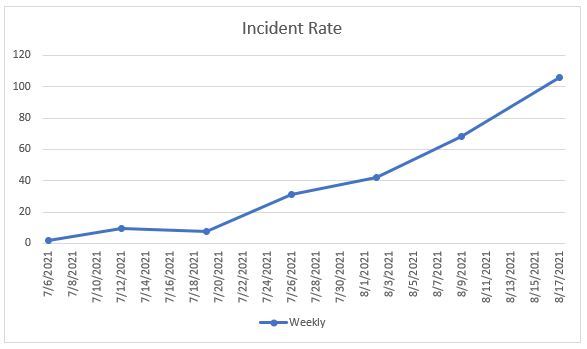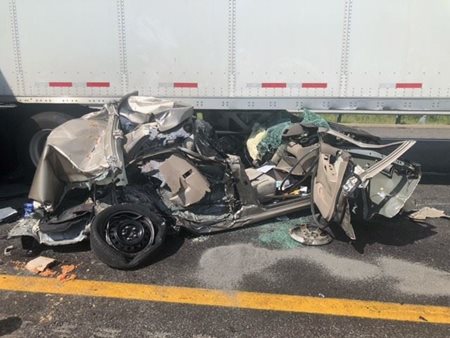Graves County Schools officials from throughout its nine schools recently converged on the district's central office to learn about another tool in preventing school violence – threat assessments.
"This is relative to Kentucky Senate Bill 1, which says we have to be responsive to potential shooters to make sure our schools are safe," said David Daniel, a behavior specialist with the West Kentucky Educational Cooperative. (The co-op is one of eight across Kentucky, providing professional development to public schools.) "This is Dr. Dewey Cornell's work. He's a forensic psychologist who has studied several school shooters to determine the source of this violence."
Cornell has worked with the Federal Bureau of Investigation, the Central Intelligence Agency, and the Secret Service to determine best approaches to the problem. Research indicates developing a profile is not wise, because in profiling a shooter, undoubtedly that profile will emerge in the media. Then, people will profile their own children and it can become quite dangerous.
By developing a threat assessment instead, school and law enforcement officials can determine whether that threat is substantive. If it is, an action plan guides the adults through the process. Most threats are transient. Administrators handle them and move on to other issues.
Carla Mangeles is a mental health specialist and Daniel's WKEC colleague. "One of the main tenants of this approach is that we're looking to reduce suspensions," she explained. "Suspensions might be an option, but it should be used later in the process, rather than as our first response. There really is no research to support suspending students. In fact, it's really detrimental."
She continued, "Research shows when suspension was created as a disciplinary procedure, it was thought that it would shock students into stopping that misbehavior. Then, their peers would see that and would want to avoid suspension. What was found is suspension simply doesn't work. That leads to fueling that school-to-prison pipeline. Research from prisons show the less education a student has, the more likely they'll end up in prison. So, we're trying to combat that. That's not our first option."
"This is very valuable to me as a new principal because I see what the research actually says and how we most effectively can work to prevent an incident," said Courtney Story of Symsonia Elementary School. "We've learned key characteristics we can identify early. The suspension information was very surprising to me because we always have thought punishment is key to correcting a behavior. In reality, the research shows suspension is counter-productive. The suspended students actually come back and repeat behaviors. They've fallen behind in their studies and compensate with negative behavior. Often, they can't catch up in school."
"I was surprised to learn that violence in schools actually has declined over the years," said Laura Phillips of Sedalia Elementary School. "Of course, as a guidance counselor, I appreciate the mental health approach of prevention, rather than reaction. Researchers don't know why violence has declined; they think it is because of the positive interventions, rather than the punitive ones."
Kentucky State Police veteran-turned-school resource officer Jonathan Grant concluded, "I believe that any kind of training you can have to be proactive in assessing and preventing threats is beneficial."





